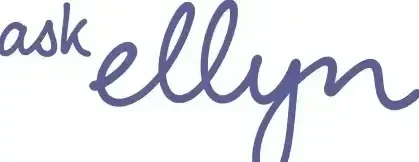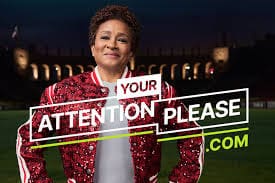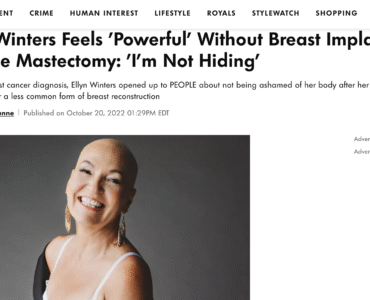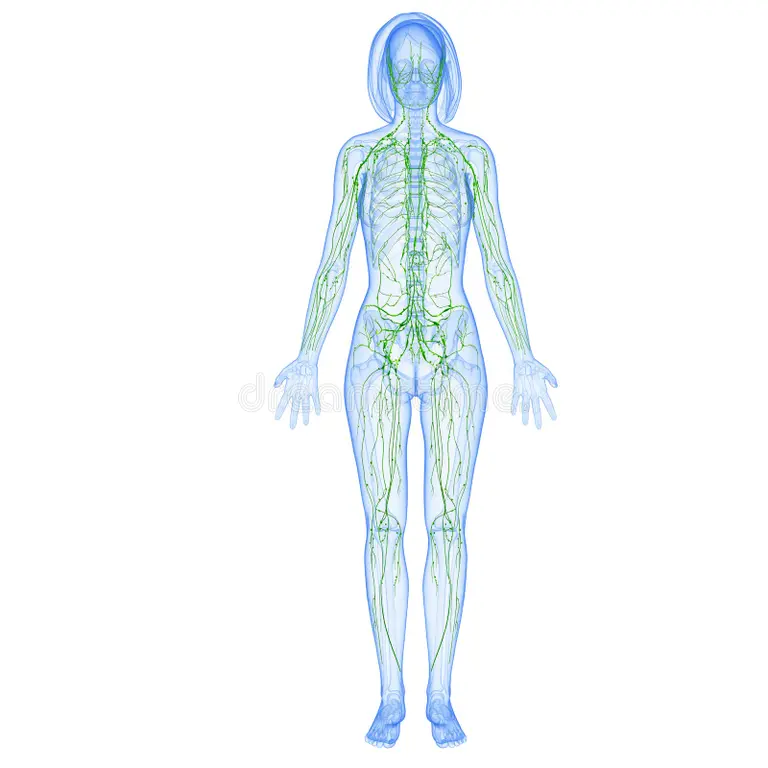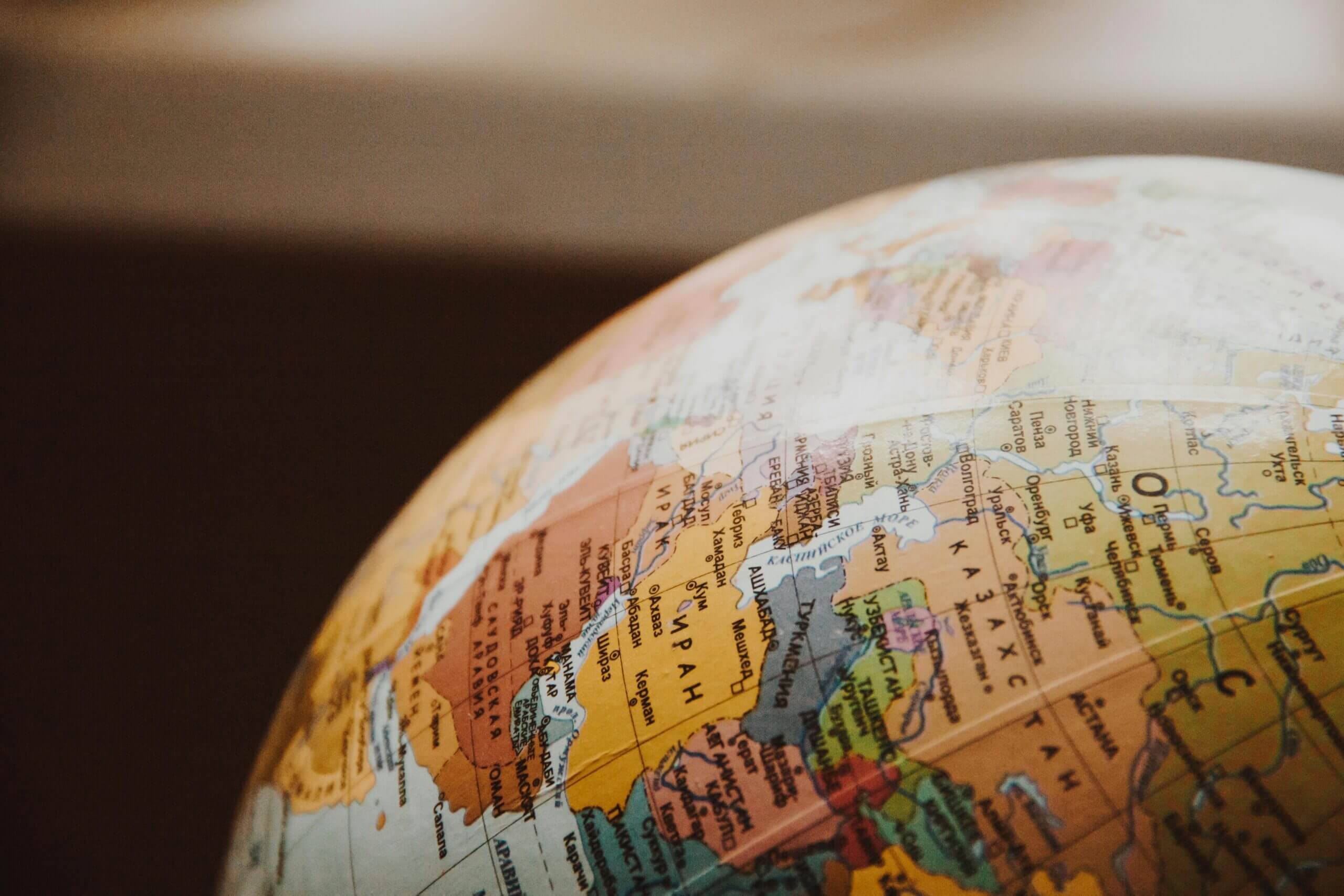I have no family history of breast cancer. I am healthy. I do not have dense breasts. On paper, I did all the things right to prevent breast cancer from occurring. I eat well. I drink socially. I breastfed my children. I also had regular mammograms every two years as advised and performed routine self-exams.
A Self Exam Finds My Breast Cancer
It was during one of those self-exams on a January morning in 2022 that I discovered a lump under my left nipple. It was about the size of an olive and smooth, which gave me pause. No one explains to you what cancer “feels” like, but I had read that it is usually hard and not typically smooth or round. In her subsequent examination, my family doctor was uncertain as well. She thought that what I felt might be an adenoma – or a fatty cyst. To be sure, however, she changed my upcoming routine mammogram screening to a diagnostic mammogram and added an ultrasound. It was a good thing neither she nor I was complacent. It was indeed cancer. What we were feeling was a breast lobe that had been pushed down and out by the cancer in my left breast. I had three tumors, the largest measuring 4.5 centimetres, grade 2, stage 2B.
When I posted about my diagnosis on social media, I had 17 friends all raise their hand, saying they would go for mammograms in support of me. Some had fallen behind on their screening due to COVID. Some had never gone. Others admitted they did not do regular self-exams. Two of those 17 women were diagnosed with early-stage breast cancer within weeks.
No Family History of Breast Cancer
I share all of this because women cannot be complacent. A family history of breast cancer is actually quite rare. It is responsible for only 5-10% of breast cancer diagnoses. I had participated in a research study out of Toronto’s Sunnybrook Hospital the summer before I knew about my breast cancer. I wanted to do my part to help researchers better understand the risk profile of women and happily provided a DNA sample. The results, which ironically arrived shortly after my diagnosis indicated I had a routine risk.
I share all of this because if you are a female or assigned female at birth, you MUST be breast aware and know your normal, perform self-exams on a regular basis vigilant about your health, participate in routine screenings if they are available to you and speak up and advocate for yourself if you find something of concern your inner voice is telling you something is wrong.
How to do a self-exam
The breast cancer community likes to tell you to “feel it on the first.” Medical professionals will suggest performing a self-exam shortly after your period (moot for us over 50 menopausal ladies). I say do them often. We take a bath or shower usually daily – as you are lathering up, just give yourself an exam. I mean why not? You are there anyway. It is also important to note that for young women, lumps are often found by their intimate partner, so involve them. I’m sure they won’t mind.
- Use the pads of your fingers. Use the pads, not the very tips, of your three middle fingers for the exam. …
- Use different pressure levels. Your goal is to feel different depths of the breast by using different levels of pressure to feel all the breast tissue. …
- Take your time. Don’t rush. …
- Follow a pattern.
Breast cancer warning signs
Finding a lump is probably the most well-known warning sign to be aware of, but other signs may indicate breast cancer. Look for thickening or swelling of a part of the breast. This may present subtly. In hindsight, this was my warning sign but it was missed by both myself and my family doctor. It was only under the skilled hand of a surgeon that the thick area hiding the tumors was detected. A patch of redness, dimpling of the skin or “orange peel” effect, a sore area, or fluid from your nipples are also clear warning signs. The website Know Your Lemons has a terrific visual resource that can guide you in knowing all the warning signs and what to do about them.
Types of breast cancer screening
Beyond the standard practice of self-exams and being “breast and body aware” there are standards for screening for breast cancer.
Mammogram
The gold standard is a mammogram, also fondly known as the big boob squish. For the procedure, you stand in front of a special X-ray machine. A technologist will get up close and personal to place your breast on a plastic plate. Another plate will firmly press your breast from above. The plates will flatten the breast and you hold still for a few minutes while the X-ray is being taken. It’s mildly uncomfortable, but I never found the exam painful (unless the corner of the machine was poking into my rib cage). The technologies are always lovely and I was always in and out in less than half an hour. Some women have expressed concerns to me about the dose of radiation they receive. Modern machines are very safe, and the radiation you receive is equivalent to about 7 weeks of background radiation we experience just going through daily life. I always like to remind folks who express worry in this regard that if they don’t get screened, get breast cancer they’ll be receiving far more radiation as part of their treatment.
Tomosynthesis
Digital breast tomosynthesis also known as 3D mammography was approved by the FDA in 2011. It is a technologically advanced mammogram that’s excellent at detecting breast cancer, especially in dense breast tissue. Given the fact that 50% of the female population have dense breasts, tomosynthesis may in time become the gold standard for care moving forward.
Like standard mammograms, tomosythesis uses low-dose X-rays to take images of the inside of your breast. it takes multiple pictures of your breast from more angles than a standard mammogram, creating a more detailed image. This can help detect cancers that may have otherwise been “hidden” in dense breast tissue.
Ultrasound
Ultrasounds are typically used as a supplementary screening technique in combination with a diagnostic mammogram and/or when a woman has category C or D breast density. For diagnostic purposes, an ultrasound will help determine if the mass identified by the x-ray is solid (potentially cancerous lesion) or fluid-filled (cyst). Ultrasounds are not used as a first form of screening because unless it is administered in a highly directed way by the technician, it is less comprehensive and cancers can be missed.
Ultrasounds are often used during the biopsy phase as well. In my case, ultrasound was used to guide the radiologist to the location of the tumor she wanted to sample.
Ways to advocate for yourself
My approach to advocating for my health, particularly my breast health, was to take an active role in understanding and monitoring changes in my body. Call it self-awareness, if you will. I believe every woman should be breast-aware. This doesn’t mean following a certain method or schedule, but rather being familiar with our bodies and able to spot any changes.
Another paramount part of my advocacy journey was sharing my story. You know, one might underestimate the power of sharing their personal experience. Following my diagnosis, I made it a point to spread the word through numerous channels – CaringBridge, Facebook, Instagram, and in my book Flat Please. Remarkably, within two months of my first posts, 17 friends and acquaintances got their mammograms, and two received an early diagnosis of breast cancer, which makes all the difference.
Moreover, I insist on regular health check-ups, including mammograms. Yes, they might not be the most pleasant experience, but for me, they were essential. I believe in staying tuned to one’s body and taking a proactive approach to any concerns.
I was fortunate. My family doctor was attentive and shared my proactive approach to my health. As she said to me, we know our bodies best, and she always makes a point of listening and acting on patient concerns. However, not all women are so lucky. I have spoken with countless women — especially those who present with concerns at a younger age — who have their concerns dismissed by their physician. So advocating for yourself is critical. If you believe there’s a problem, be brave, pursue answers and do not take no for an answer.
